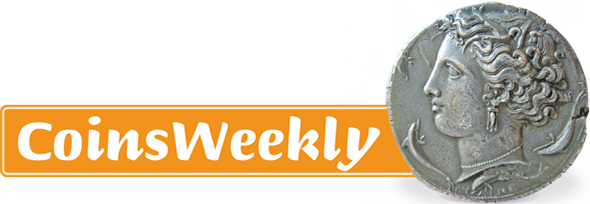Central Bank of Montenegro Money Museum (Muzej novca)
Wenn es kein Logo gibt, wird diese Spalte einfach leer gelassen. Das Bild oben bitte löschen.
(Dieser Text wird nicht dargestellt.)
Njegoševa br. 122
81250 Cetinje
Montenegro
+ 382 (0)41/233-573
+ 382 (0)41/233-570
Opening hours:
Every day from 9 am to 5 pm (April 1-October 31)
Monday-Saturday from 8 am to 4 pm (November 1 to March 31)
Although Montenegro’s central bank is located in its capital, Podgorica, the Central Bank of Montenegro Money Museum is in the historic royal capital of Cetinje. Situated 23 miles west of the capital, the small mountain town of Cetinje is easily reached by a 45-minute scenic bus ride.
Once a House and Central Bank
The three-story building which houses the money museum was once the house of Miloš Lepetić which later functioned as the Central Bank of Montenegro from its 1906 founding until 1918. Following its opening in 2012, the museum’s mission would be to preserve Montenegro’s historical heritage in the area of numismatics, banking, and finance. A vast array of exhibits occupies the first two floors of the building, now a state-protected cultural monument.
The second floor has 41 cases with more than one thousand coins and banknotes on display with the theme, “From Perper to Euro.” Cases and video screens allow visitors to experience money that circulated from the country’s evolution from a principality, to one of the six republics of Yugoslavia, later a federal republic (with Serbia), and now a sovereign state. Specimens include coins from the Austro-Hungarian Empire (1851-1906), and importantly a virtually complete collection of the coins and banknotes used in Montenegro from the perper (1906-16) to the end of the dinar, when it was first replaced by the Deutsche mark and then by the euro as its legal tender, even though Montenegro is not a member of the European Union. Virtually all of the displayed information is given in both Montenegrin (Latin and Cyrillic) and English.
The First Coins
Before his death in 1851, Prince Petar II Petrovic-Njegoš designed a gold perun (2 talers) as the first Montenegrin coin, but it was never minted. Fortunately, red wax imprints of both the obverse and reverse were later discovered in 1896 and have been preserved. To commemorate the 150th anniversary of the printing of Njegoš’ book and play, “The Mountain Wreath,” gold perun replicas were minted in 2009 based on these imprints and are on display. Original wax imprints are on display nearby in the Billiards Museum.
Also of note are examples of Montenegro’s only gold coins. In 1910 Montenegro minted two series of gold 10, 20, and 100 perpera coins. The first series included the phrase, “Principality of Crna Gora” – the native term for the country since the 15th century. The second series’ inscription reads, “Kingdom of Crna Gora,” as future King Nicholas proclaimed the Kingdom of Montenegro on August 28, 1910.
Coins as Jewelry
The first floor contains a teller counter, vault and other facilities of the original bank. An unusual exhibition is the wall display of more than 20 frames illustrating coins fashioned into jewelry from many of the Balkan countries. These were indicative of the wearer’s family social status and were very common female and bridal apparel in the Balkans during the 19th and early 20th centuries. Some coins are mounted onto bezels as pendants and brooches; others hole-punched and mounted with hoops or soldered forming necklaces, earrings, hairpins, brooches, pocelicas (forehead bands), and tepeluks (Serbian head disks).
An 1849 minting machine that still runs stands behind the teller counter. It was used for minting the first Montenegrin coins and is still used for minting promotional coins. Nearby in one corner is the original vault of the 1906 Montenegrin Bank. There is also a small souvenir desk where, among other things, visitors can purchase a novel souvenir 1914 50 perpera banknote with their picture as a vignette.
Visitor Information
The museum’s address is Njegoseva 122. It is open every day from 9 am to 5 pm (April 1-October 31); from November 1 to March 31, hours are from 8 am to 4 pm, Monday-Saturday. Admission for adults is €2.00.
This text was written by Howard M. Berlin and published in his book The Noumismatourist in 2014.














